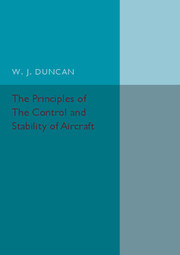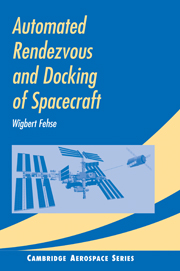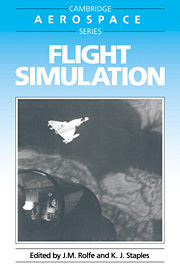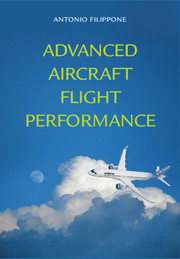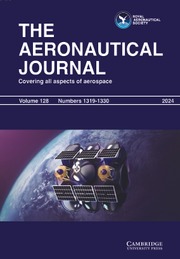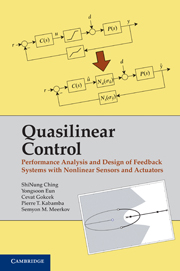Fundamentals of Aerospace Navigation and Guidance
$159.00 (C)
Part of Cambridge Aerospace Series
- Authors:
- Pierre T. Kabamba, University of Michigan, Ann Arbor
- Anouck R. Girard, University of Michigan, Ann Arbor
- Date Published: August 2014
- availability: Available
- format: Hardback
- isbn: 9781107070943
$
159.00
(C)
Hardback
Other available formats:
eBook
Looking for an examination copy?
This title is not currently available for examination. However, if you are interested in the title for your course we can consider offering an examination copy. To register your interest please contact [email protected] providing details of the course you are teaching.
-
This text covers fundamentals used in the navigation and guidance of modern aerospace vehicles, in both atmospheric and space flight. It can be used as a textbook supporting a graduate level course on aerospace navigation and guidance, a guide for self-study, or a resource for practicing engineers and researchers. It begins with an introduction that discusses why navigation and guidance ought to be considered together and delineates the class of systems of interest in navigation and guidance. The book then presents the necessary fundamentals in deterministic and stochastic systems theory and applies them to navigation. Next, the book treats optimization and optimal control for application in optimal guidance. In the final chapter, the book introduces problems where two competing controls exercise authority over a system, leading to differential games. Fundamentals of Aerospace Navigation and Guidance features examples illustrating concepts and homework problems at the end of all chapters.
Read more- A useful resource for both graduate students and practicing engineers
- Covers a broad range of topics in this field of study
Reviews & endorsements
"The theory and applications of optimization and optimal guidance are well presented, followed by an interesting section on differential game theory accompanied by several classical examples … The authors develop the equations for various problems in navigation and guidance to lead readers through the necessary thought process to develop their applications … This book is appropriate for seniors, graduate students, or professionals wanting to gain an understanding of these complex topics."
D. B. Spencer, ChoiceSee more reviews'It is a pleasure for me to review this book written by [Professor] Kabamba and [Professor] Girard, and, as a former Ph.D. student of the late [Professor] Kabamba, it is also an honor … The material is presented in quintessential Kabamba fashion: simple and elegant. The key ideas are outlined very clearly at the end of every chapter so that the reader does not get lost in the details of the treatment … this book is an important addition to the topic of applied modern control systems, especially given the push toward greater autonomy for robotic systems in the near future. The authors have done an admirable job of piecing together the most important results from linear systems and optimal control theory in a clear and compact fashion and have shown the power of these methods via their application to aerospace navigation and guidance.' Suman Chakravorty, IEEE Systems Control Magazine
Customer reviews
Not yet reviewed
Be the first to review
Review was not posted due to profanity
×Product details
- Date Published: August 2014
- format: Hardback
- isbn: 9781107070943
- length: 334 pages
- dimensions: 261 x 183 x 26 mm
- weight: 0.88kg
- contains: 121 b/w illus. 115 exercises
- availability: Available
Table of Contents
1. Introduction
2. Deterministic systems theory
3. Stochastic systems theory
4. Navigation
5. Homing guidance
6. Ballistic guidance
7. Midcourse guidance
8. Optimization
9. Optimal guidance
10. Introduction to differential games
Epilogue
A. Useful definitions and mathematical results
A.1. Results from topology
A.2. Results from linear algebra
A.3. Taylor's theorem
A.4. Newton's method
A.5. The implicit function theorem.
Sorry, this resource is locked
Please register or sign in to request access. If you are having problems accessing these resources please email [email protected]
Register Sign in» Proceed
You are now leaving the Cambridge University Press website. Your eBook purchase and download will be completed by our partner www.ebooks.com. Please see the permission section of the www.ebooks.com catalogue page for details of the print & copy limits on our eBooks.
Continue ×Are you sure you want to delete your account?
This cannot be undone.
Thank you for your feedback which will help us improve our service.
If you requested a response, we will make sure to get back to you shortly.
×


